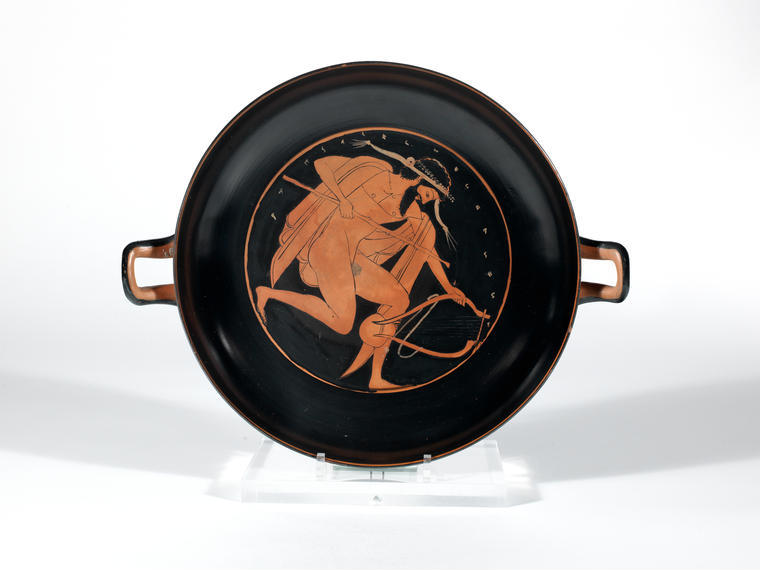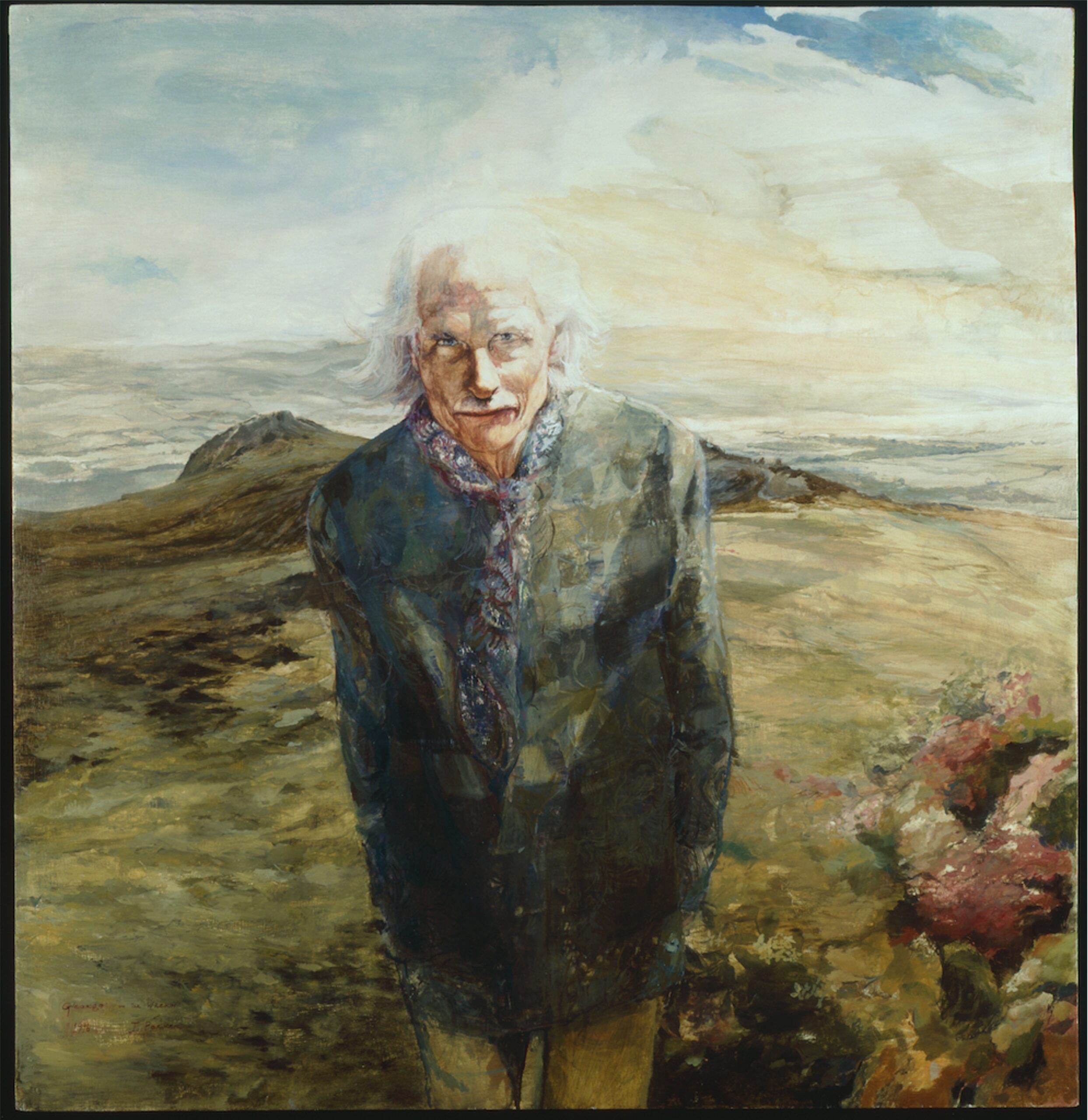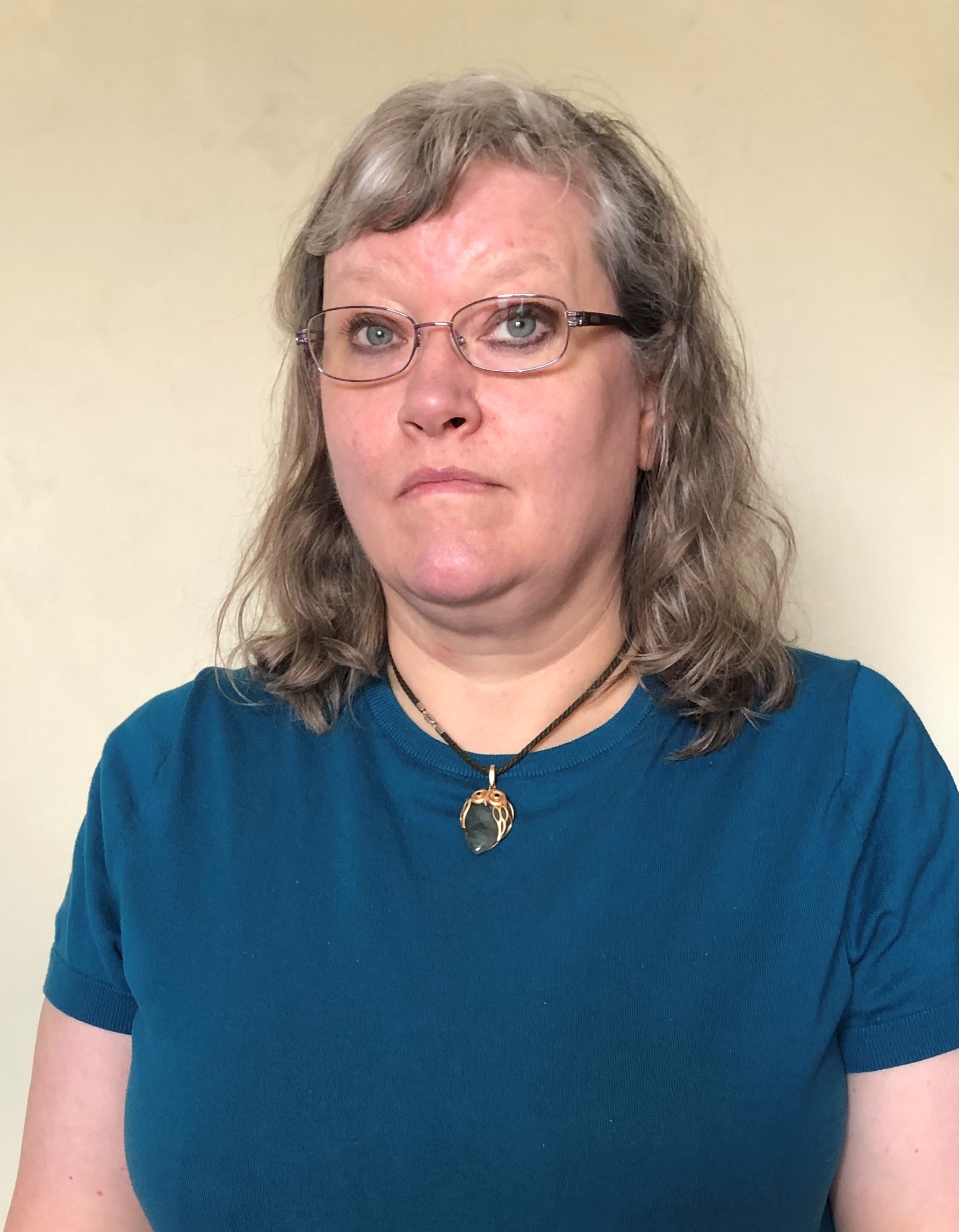Portraits and Painting: a Day of Discoveries

The Fitzwilliam Museum, Cup: GR.19.1937 (-0500 BCE – -0490 BCE, Fitzwilliam Museum, Cambridge).
Discovery. Reinterpretation. Re-appraisal. Representation of identities. These are only a few of the themes I noted from the Understanding British Portraits Network Annual Seminar on Tuesday 25 October 2022. I was keen to learn new techniques to study portraits, to set alongside, for example, the concepts of fashioning and self-fashioning of the personal image, as explored especially in the medium of photography by Abigail Solomon-Godeau.¹ I wanted to learn about methodologies for analysing portraiture, to understand initial reception of individual and group portraits, their (re-)interpretations by modern art historians and critics, and the rationales for changes in approach. As a relatively new member of the Network, I was attracted by the wide range of case studies, including documentation and digitisation of the portrait as artefact; the identification of Black and queer identities; the intensive practice of fine art; and campaigns to increase the diversity of cultural collections. Throughout the event, I experienced the variety and diversity of current research and of modes of engagement with different communities of users. From the rich range of papers, I have chosen to reflect upon three which resonated particularly with my personal research interests.
With a professional background in academic research libraries, I was intrigued by the premise of Dawn Kanter’s argument in her paper, Understanding British Portraiture 1900-1960 as a Network of Linked Portrait-Sitting Exchanges. She discussed inter alia the importance of enhanced catalogue records for the original artwork and their digital images, to include data about the relationship/s between the artist, sitter and (sometimes) patron. Kanter argued that twentieth century British portraiture is described more precisely by the terminology of exchange, from the practicalities of commission and financial exchange, to the more nebulous entanglements of familial and societal connections, social obligations and expectations, rather than as a linear chronology of practice, style and media. Having recently studied in depth two portraits of George Bernard Shaw (1856-1950) by the neglected Victorian artist Bertha Newcombe (1857-1947), Kanter’s approach has given me another framework through which to analyse these likenesses, and to consider anew the exchanges – personal, professional, financial and social – which may underpin them. In the increasingly hybrid research environment, where online catalogue records and digital images are entry points to identification and personal examination of artworks, Kanter’s approach is also a call to action further to enhance research tools.
Jane Simpkiss, in her paper, Subjects and Objects: Re-Uniting Shannon, Ricketts and their Greek Vase, discussed layers of meaning and symbolism in the painting by Charles Haslewood Shannon (1863-1937) of his partner Charles de Sousy Ricketts (1866-1931).

Charles Haslewood Shannon, The Man With the Greek Vase (1916, Leamington Spa Art Gallery & Museum, Leamington Spa.)
Ricketts sits, offering towards the viewer a partial view of a Greek kylix from their personal collection. One reading, as Simpkiss argued, is of a portrait of a cultured gentleman sharing a luxury object: an interpretation, with the anonymised title of the work (“The Man…”) which open exhibition might generate. The challenging argument Simpkiss proposes is of an overt statement of a queer relationship, then illegal and conducted privately, evidenced by the features of the naked Greek figure. The public exhibition of this painting might therefore be construed as both a public acknowledgement of a personal relationship and as a subversive act. Simpkiss’ paper illuminated Shannon’s painterly style, the complementary artistic gifts of Shannon and Ricketts, and the social milieux they jointly inhabited. I visited Leamington Spa Art Gallery & Museum on 9 September 2022 for the Modern Pre-Raphaelites conference, and it was a pleasure to see the painting, in the care of curators at Leamington Spa Art Gallery, with the self-same kalyx, reunited for a time by loan from Cambridge.

The Fitzwilliam Museum, Cup: GR.19.1937 (-0500 BCE – -0490 BCE, Fitzwilliam Museum, Cambridge).
My own recent studies in art history have led me to try out painting in acrylics for myself, to move from an abstract understanding of painterly techniques, and to see where my own creativity might take me. For this reason, the paper by Jonathan Parker, A Unique Perspective: George on the Wrekin, caught my attention. Parker discussed how his approach to capturing the soul of a much-loved senior member of his family evolved, and the techniques he deployed to depict his great-uncle Sir George Trevelyan (1906-1996)

Jonathan Parker, George on the Wrekin (1997, National Trust).
The resultant portrait is a startling image of a strongly-delineated personality in a bleak but beloved landscape. I took away from this paper much about the artist’s struggle to understand the essence of identity to be portrayed, the physical and intellectual effort involved in different try-outs and the final arresting image. There was much to inspire me as I experiment further with acrylics and oils.
I came to this conference seeking stimulus, new and fresh inputs as I move from MA perspectives towards doctoral studies on later nineteenth and early twentieth century British women artists. Words such as “discovery”, “re-appraisal” and “re-interpretation” apply just as much to the study of portraits by these often-overlooked women artists, and I will take these and many other insights with me as I prepare research proposals in the coming weeks. Thank you to all speakers, organisers and participants in the Networks for my own day of discovery.
¹See, for example, Abigail Solomon-Godeau, “The Legs of the Countess”, October, 39 (Winter, 1986), pp. 65-108; Abigail Solomon-Godeau, Photography at the Dock : Essays on Photographic History, Institution and Practice (Minneapolis : University of Minnesota Press, 1991).
Watch all of the presentations from the conference here.


